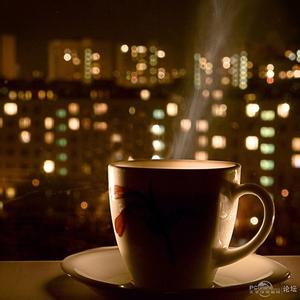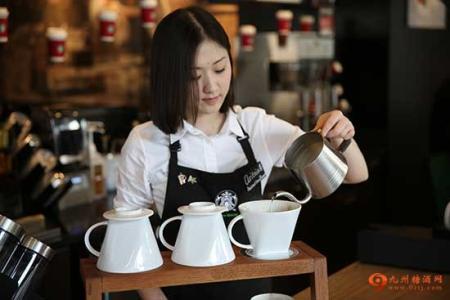How to drink small grains of Kilimanjaro coffee powder scale
How to drink small grains of Kilimanjaro coffee powder scale
(1) reduce the heat of research. Grinding heat will cause the aroma of coffee to dissipate early.
(2) the particle size is uniform. Uneven particle size will lead to uncontrollable brewing time.
For more than 100 years, the design of the hand-operated bean grinder has hardly changed, and even the latest models tend to be classical and elegant. This kind of bean grinder needs to rotate the rocker by hand, turn the iron sharpening knife inside, crush the coffee beans into a fine powder and drop them in the box below. Strictly speaking, the internal sharpening knife is not a knife, because it does not have a sharp blade or sawtooth, but a tapered grinding iron with an angle. It grinds the coffee beans by rolling, which is similar to the ancient mortar and pestle, and can best retain the aroma of the coffee.
Before the invention of the bean grinder, people used stone pestles and bowls to grind coffee beans. A doctor abroad once experimented with this ancient tool and compared it with a modern bean grinder. It is said that the coffee powder made from pestles and stone bowls is the most mellow.
Produced in the Mohi district near Mount Kilimanjaro, the mountain area with a height of 3,000 to 6,000 feet is the best place to grow coffee, where fertile volcanic ash gives the coffee a strong texture and soft acidity. It exudes delicate aromas and contains aromas of wine and fruit, making people taste endless aftertaste. After drinking Kilimanjaro coffee, I always feel a soft and mellow earthy smell around my mouth. Coffee gourmets often use words such as "wild" or "wild" to describe it. It can be said that pure Kilimanjaro coffee is "the most African coffee". Kilimanjaro AA is the highest grade of beans, its grains are full, pure flavor, rich and refreshing, all aspects of quality are good. It is usually more acidic than Kenya coffee and evenly stimulates the taste buds in the middle and sides of the back of the tongue, feeling a bit like the sour taste of tomato or soda. Has a strong aroma after moderate or more moderate baking.

Important Notice :
前街咖啡 FrontStreet Coffee has moved to new addredd:
FrontStreet Coffee Address: 315,Donghua East Road,GuangZhou
Tel:020 38364473
- Prev

Flavor description of coffee bean growing area in Latin America taste grinding scale
In 1721 French naval officer Gabriel Mathieu de Clieu brought the first coffee sapling from Africa to the Latin American island of Martinique, all of which was the origin of coffee cultivation in Latin America. Because when France was under the rule of the Bourbon dynasty,
- Next

When was the source of Yejia Xuefei coffee beans introduced into Yunnan?
When was the source of Ye Jia Xue Fei coffee beans introduced to Yunnan? it is one of the most unique coffee beans in the world today: it has a strong aroma of fruit flowers, lemon and citrus, strong acidity but soft and pleasant. But Yejia Xuefei also has a suntan, hehe, a comparison between the two. Sun-dried beans will be more full-bodied than washed Yega beans, and washed Yega Chuefei is
Related
- Detailed explanation of Jadeite planting Land in Panamanian Jadeite Manor introduction to the grading system of Jadeite competitive bidding, Red bid, Green bid and Rose Summer
- Story of Coffee planting in Brenka region of Costa Rica Stonehenge Manor anaerobic heavy honey treatment of flavor mouth
- What's on the barrel of Blue Mountain Coffee beans?
- Can American coffee also pull flowers? How to use hot American style to pull out a good-looking pattern?
- Can you make a cold extract with coffee beans? What is the right proportion for cold-extracted coffee formula?
- Indonesian PWN Gold Mandrine Coffee Origin Features Flavor How to Chong? Mandolin coffee is American.
- A brief introduction to the flavor characteristics of Brazilian yellow bourbon coffee beans
- What is the effect of different water quality on the flavor of cold-extracted coffee? What kind of water is best for brewing coffee?
- Why do you think of Rose Summer whenever you mention Panamanian coffee?
- Introduction to the characteristics of authentic blue mountain coffee bean producing areas? What is the CIB Coffee Authority in Jamaica?

